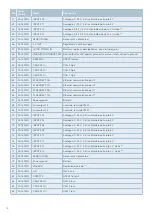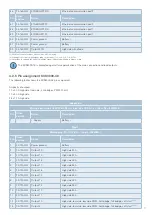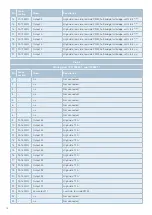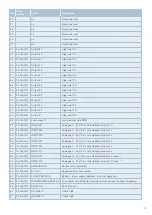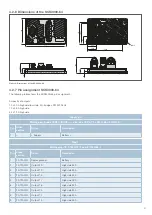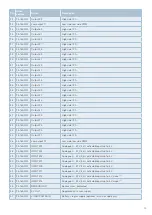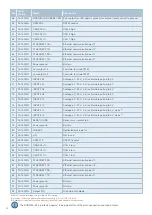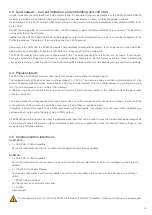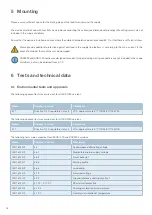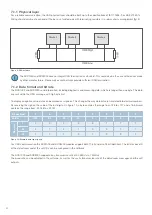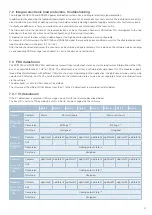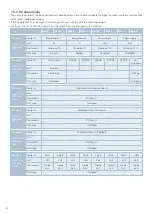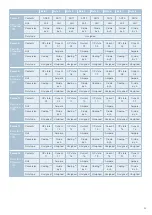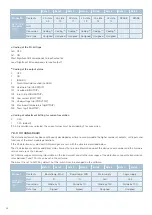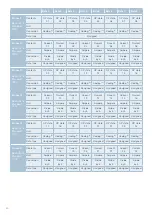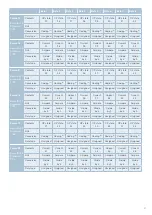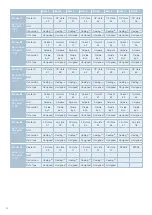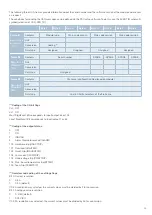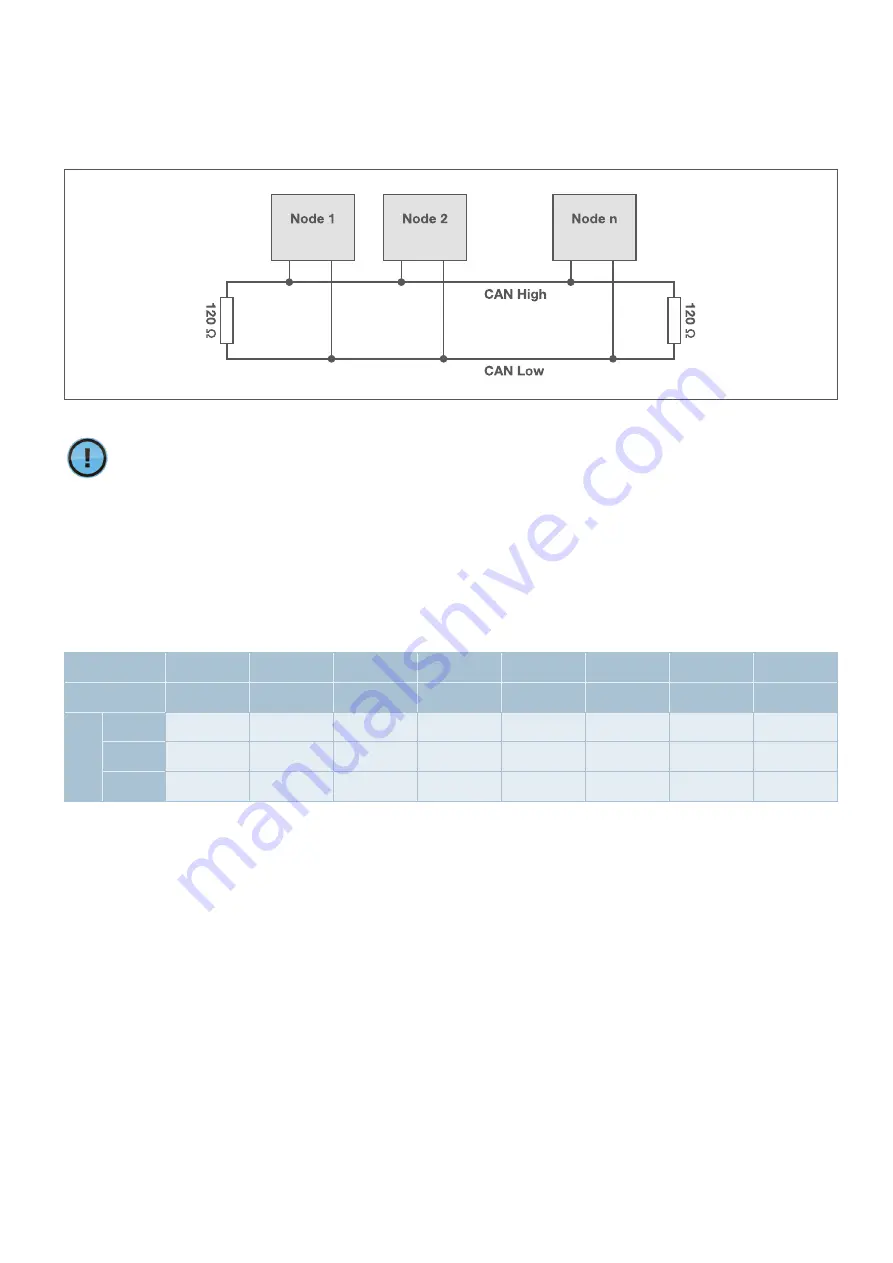
30
7.1.1 Physical layer
For a reliable communication, the CAN physical layer should be built up to the specifications of ISO 11898-2, or SAE J1939-1x.
Wiring should only be at each end of the bus as a twisted pair with terminating resistors in a »daisy chain« arrangement (fig. 9).
The SCS1000 and SCS3000 have no integral CAN termination as standard. This could also be the case with devices made
by other manufacturers. Please make sure to always provide sufficient CAN termination.
7.1.2 Data format and bit rate
The SCS1000 and SCS3000 send information, including diagnostic and measuring data, which are longer than one byte. This data
are sent within the CAN message with high byte first.
To display a negative value, data can be marked as »signed«. This changes the way data bits are translated into decimal numbers.
By reversing the sign on the value of the last digit as in figure 10, a byte contains the range from -128 to +127 and a 16-bit word
contains the range from -32,768 to +32,767.
For CAN communication the SCS1000 and SCS3000 modules support both 11 bit and also 28 bit identifiers. The inital or base ID
of the datastream and of the soft I/Os can be configured in the software.
The SCS1000 and SCS3000 support a bus transmission rate of 50 kBits/s to 1 Mbits/s.
The baud rate can be adjusted in the software, as well as the cyclic transmission rate of the datastream messages and the soft
outputs.
Figure 9: CAN network
Figure 10: Example data type signed
Bit position:
7
6
5
4
3
2
1
0
Value:
-128
64
32
16
8
4
2
1
Decimal
7
0
0
0
0
0
1
1
1
83
0
1
0
1
0
0
1
1
-24
1
1
1
0
1
0
0
0

